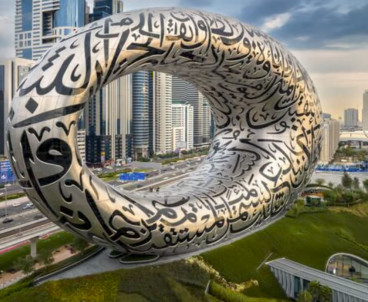Sprinklers - back to basics
In today’s built environment, where safety and sustainability dominate industry conversations, there remains a lack of knowledge and some surprising misconceptions amongst industry professionals about sprinkler systems which tragically prevent them from being installed. Despite all of the evidence about how effective sprinklers are in controlling and extinguishing fires across residential, commercial and industrial buildings, why is there a knowledge gap amongst professionals who are responsible for their implementation, writes Iain Cox, Chair of the Business Sprinkler Alliance?
This knowledge gap was evident at the 2024 UK Real Estate Investment and Infrastructure Forum (UKREiiF), where participants from various stakeholder groups, including developers, consultants, and financiers, admitted to discussing or making decisions about sprinklers without truly comprehending their benefits or how they operate.
Whilst we have been aware of this knowledge gap for some time, it is baffling that such critical fire safety measures are being debated without a fundamental understanding of their capabilities and effectiveness, especially when this information is readily available.
Sprinklers are one of those things that are taken for granted or dismissed. People either understand them and see the true benefits of them, or quickly dismiss them as a mere cost without really exploring the opportunities they provide. From improving life safety to business protection, continuity and sustainability, the introduction of automatic sprinklers offers many positive benefits and they have a long and successful history.
How do they work?
Sprinklers are heat-activated fire protection devices that have been in use for 150 years. The key component is a glass bulb containing a temperature-sensitive liquid, which acts to hold a plug in place that prevents the water in the pipes from being released.
In a fire event, temperatures will rise at the ceiling causing the liquid in the glass bulb to heat up and expand. At a predetermined temperature the expansion of the liquid breaks the glass bulb. Without the temperature-sensitive glass bulb there is nothing holding the plug in place, allowing water to flow through the sprinkler head. As water exits the sprinkler, it strikes a deflector creating a distinctive umbrella shaped spray pattern. This design efficiently distributes water over the affected area, helping to control or extinguish the fire.
In terms of how they work, it’s as simple as that. Importantly, only the sprinklers directly exposed to the fire's heat will activate. This targeted approach effectively combats the fire and ensures water is delivered where it is needed.
They do not respond to smoke and there are no wires attached to it. It’s all down to heat. This is why someone having a cigarette in a building or someone burning their toast will not cause the sprinkler system to go off. Another prevalent misunderstanding is that all sprinklers activate simultaneously. Sadly, this is the stuff of movies and Hollywood. Only those near the fire operate in a standard sprinkler system.
The evidence shows that sprinkler systems have an operational reliability of 94% and demonstrate when called to work they have a very high reliability. Furthermore, it is evident that when they do operate, they extinguish or contain the fire on 99% of occasions across a wide range of building types.1
When considering sprinkler systems, it's vital to apply careful thought, seek expert opinions, and recognise their dual role in protecting both property and lives. Sprinklers should be viewed as a long-term investment in safety, not merely a one-time expense.
For more information about the Business Sprinkler Alliance visit www.business-sprinkler-alliance.org
Additional case studies



